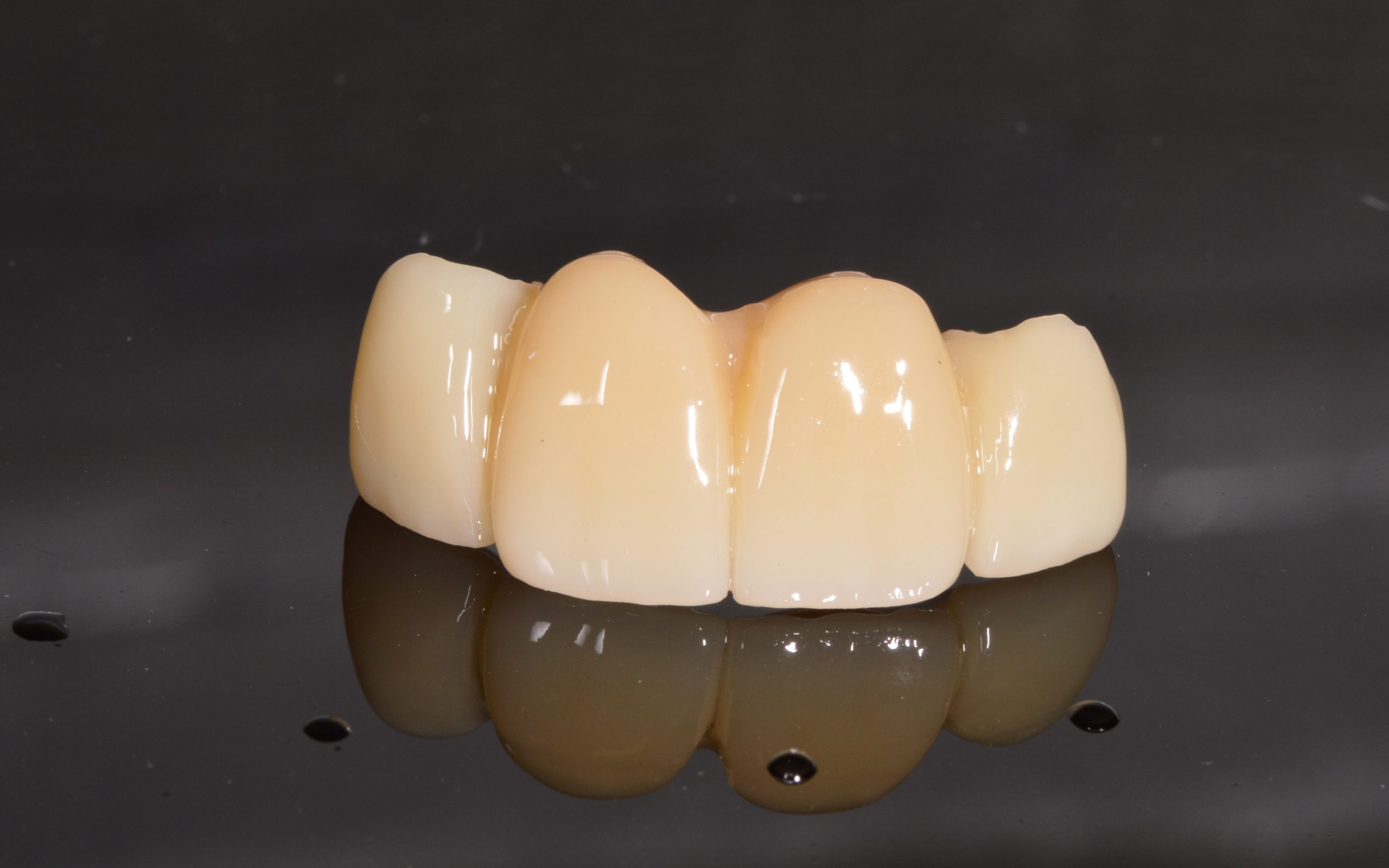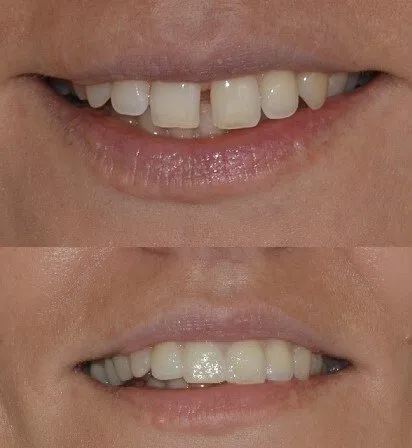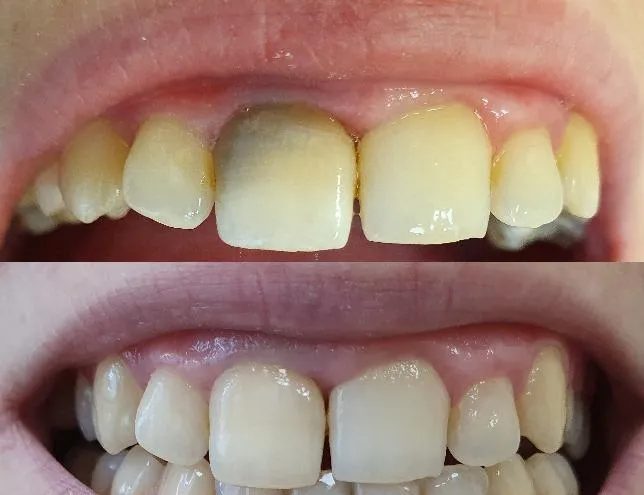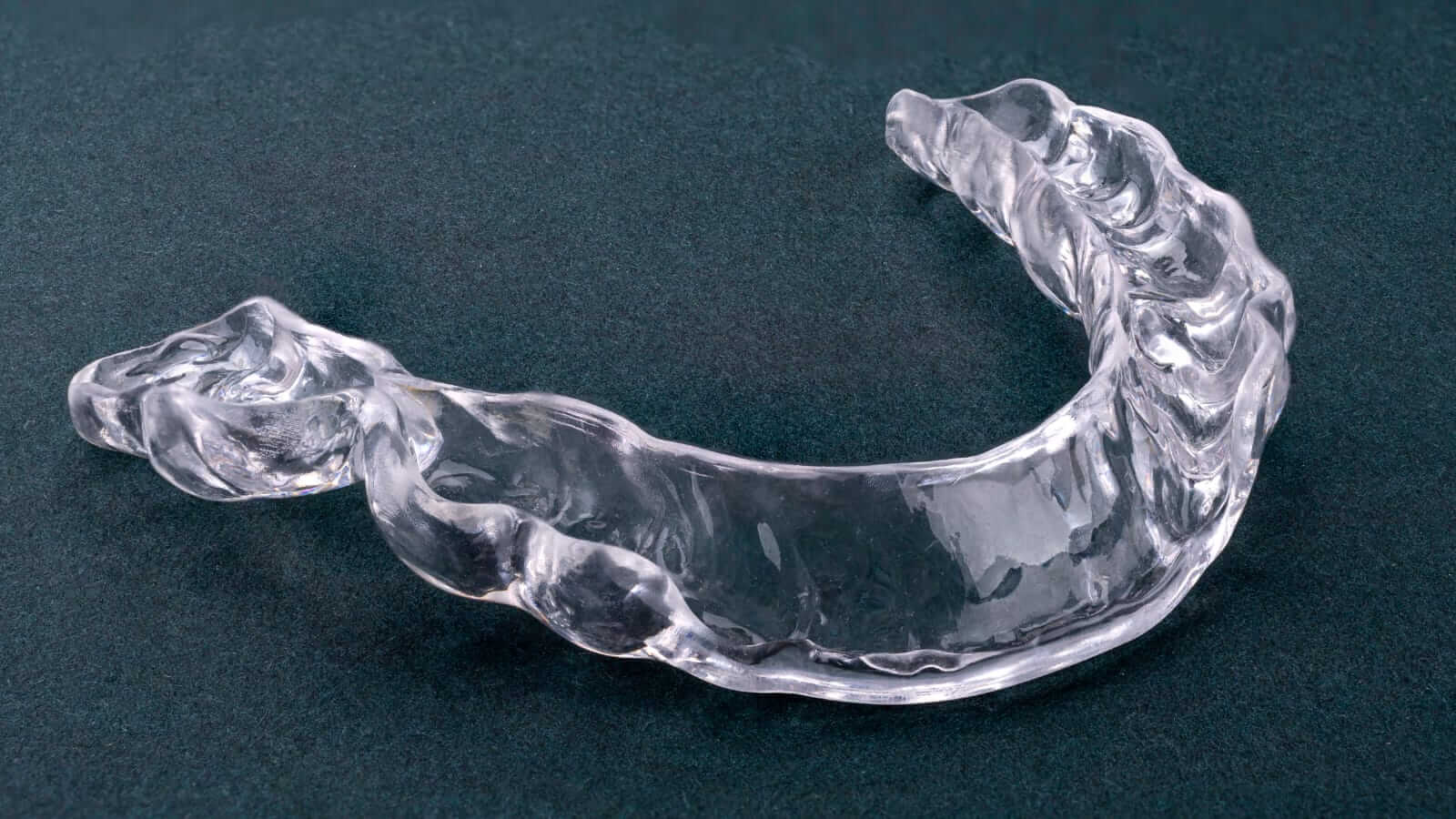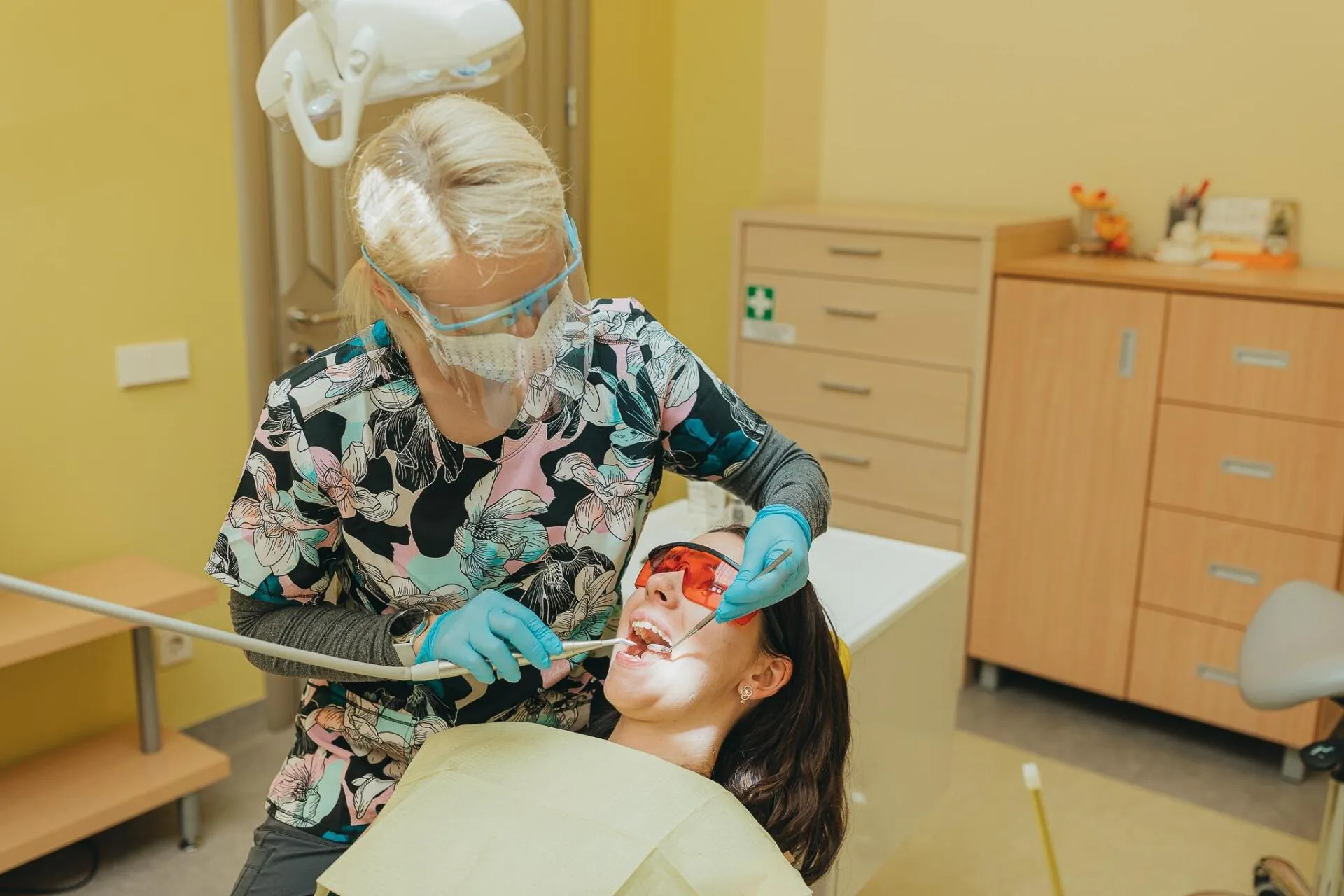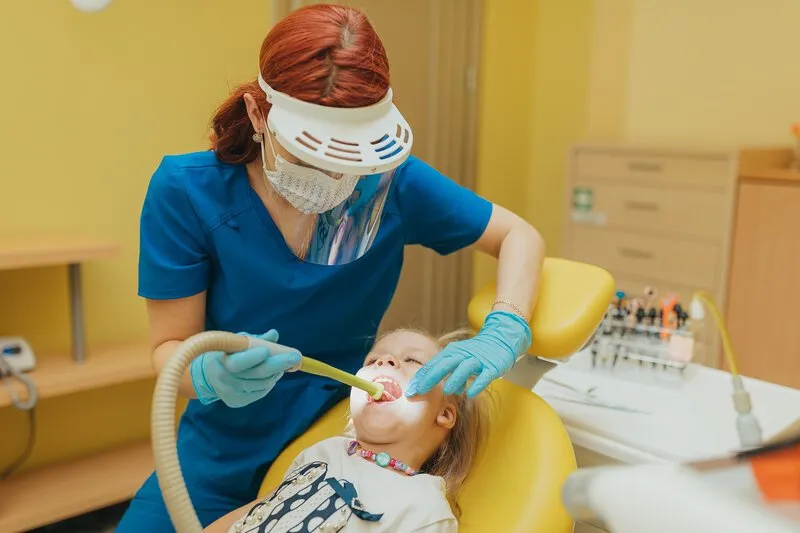4 for all implants
Administrator2025-02-28T14:29:47+02:00Uz 4 zobu implantiem var izgatavot izņemamo plati apakšžoklī vai fiksētu protēzi apakšžoklī. Bezzobu protēzes fiksācija ir vāja un to var fiksēt ar protēžu fiksācijas līmi vai stingri piefiksēt pie 4 zobu implantiem ar lokatoriem vai stieni. Ielikti 4 Straumann zobu implanti Lokatori - uz implantiem balstīti fiksatori Stieni - uz implantiem balstīts metāla stienis Kā notiek bezzobu protēzes izgatavošana uz implantiem? Vizīte-3D rentgendiagnostika un mēru noņemšana Vizīte-implantu un jaunas plates digitāla plānošana Vizīte-4 implantu ievietošana ar ķirurģiska gida palīdzību (3-4.mēneši implantu integrācijai) Vizīte-digitālais skans ar implantiem vai zobu nospiedums jaunas plates izgatavošanai Vizīte-metāla








